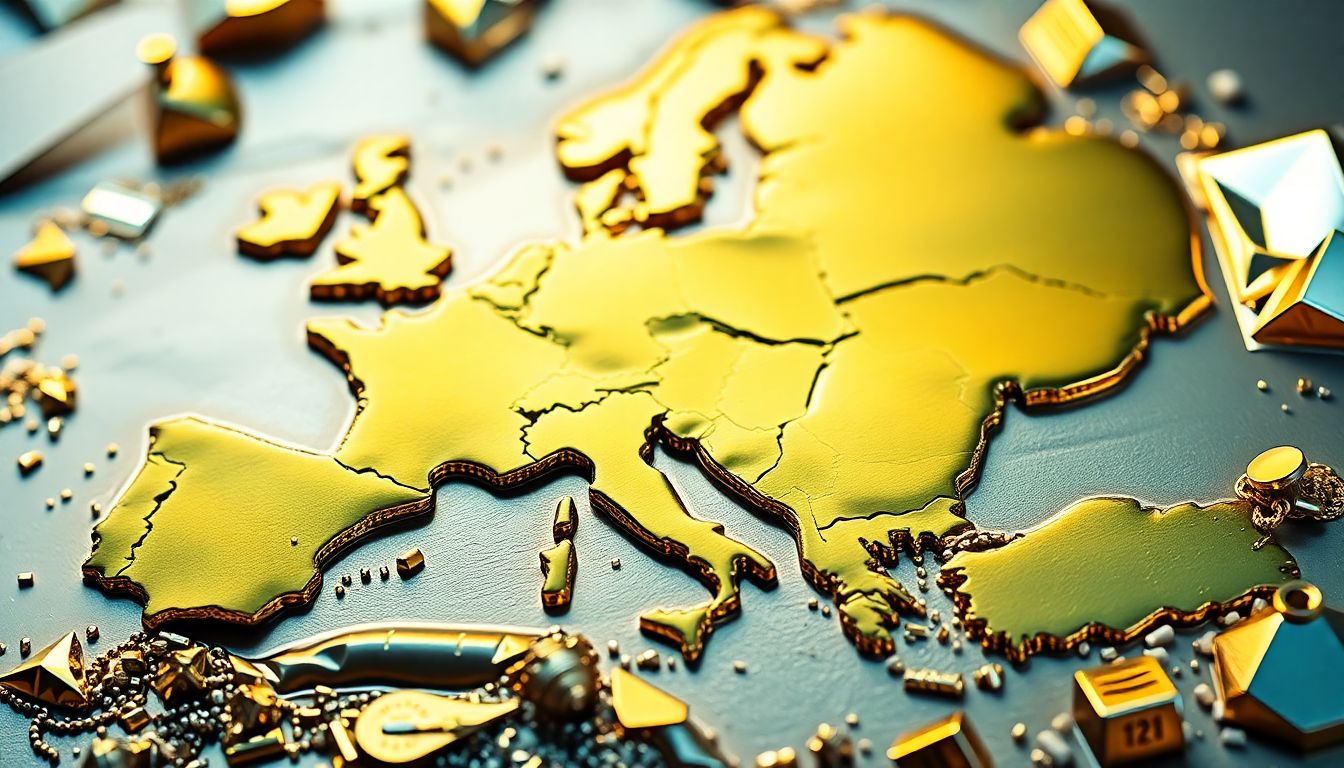Secure Your Wealth with Timeless Investments in Precious Metals
Investing in precious metals isn’t limited to the ultra-wealthy or doomsday preppers. It’s a legitimate strategy for diversifying your investment portfolio and potentially protecting your wealth against economic uncertainty.
In financial districts worldwide, conversations about diversification, inflation hedging, and safe-haven assets increasingly include mentions of gold, silver, platinum, and even more exotic metals like palladium or rhodium.
This renewed interest in age-old assets isn’t just talk. Central banks worldwide have been net buyers of gold for over a decade, and individual investors are following suit.
But why the surge in popularity, and how can you get involved without feeling overwhelmed?
Understanding the Appeal of Precious Metals
Precious metals, particularly gold and silver, have been valued for thousands of years. Their rarity, durability, and unique properties make them useful in various industries.
But for investors, their primary appeal comes from their perceived stability and ability to retain value over time.
During economic downturns, recessions, currency devaluations, or geopolitical crises, many investors turn to precious metals as a safe harbor. While they’re not immune to price fluctuations, they often move independently of stocks and bonds, providing a potential cushion when other assets are struggling.
Getting Started with Precious Metals Investing
You have several options for investing in precious metals, each with it’s own advantages and considerations:
- Physical Metals
Buying physical metals is the most straightforward approach. This could involve collecting gold coins, purchasing silver bars, or acquiring other forms of bullion.
Holding a piece of precious metal in your hand can be satisfying, and in extreme economic scenarios, physical metals might be used for barter.
However, physical metals come with challenges. Storage is a significant concern—you’ll need a secure solution, whether it’s a home safe or a bank’s safety deposit box.
Insurance is another factor to consider.
Additionally, when buying physical metals, you’ll often pay a premium above the spot price, which can affect your overall returns.
- Exchange-Traded Funds (ETFs)
If you’re not keen on storing physical metals, ETFs that track precious metal prices offer an easy way to gain exposure. These funds typically hold physical metals in secure vaults and issue shares representing ownership.
ETFs provide liquidity and ease of trading, but they come with management fees and don’t offer the tangible asset ownership that some investors prefer.
- Mining Stocks
Investing in companies that produce precious metals allows you to potentially benefit from both metal price increases and company performance. However, mining stocks can be more volatile than metal prices themselves, as they’re subject to extra factors like management decisions, operational costs, and geopolitical risks where mines are located.
- Futures and Options
For more advanced investors, futures contracts and options on precious metals offer ways to speculate on price movements or hedge existing positions. These derivatives can provide leverage, allowing for potentially higher returns, but they also come with increased risk and complexity.
- Precious Metals IRAs
A precious metals IRA allows you to hold physical metals in a tax-advantaged retirement account. This option combines the potential benefits of precious metals investing with the tax advantages of an IRA.
However, there are specific rules and regulations to follow, including restrictions on the types and purity of metals you can hold.
Avoiding Common Pitfalls
Before diving into precious metals investing, be aware of these potential pitfalls:
- Scams and Frauds
The precious metals market attracts it’s fair share of unscrupulous dealers looking to take advantage of novice investors. Always do thorough research, check credentials, and be wary of deals that seem too good to be true.
- Short-Term Volatility
While precious metals can provide stability over the long term, they’re subject to significant price volatility in the short term. The gold price chart often resembles a roller coaster as opposed to a steady climb.
Don’t expect quick riches from your precious metals investments.
- Overallocation
While precious metals can be a valuable part of a diversified portfolio, most financial advisors recommend limiting them to no more than 5-10% of your total investments. Overallocating to any single asset class, including precious metals, can increase your overall portfolio risk.
- Hidden Costs
Be aware of the costs associated with precious metals investing. Physical metals often come with premiums above the spot price, ETFs charge management fees, and storage and insurance for physical metals can add up.
These costs can significantly impact your returns if you’re not careful.
